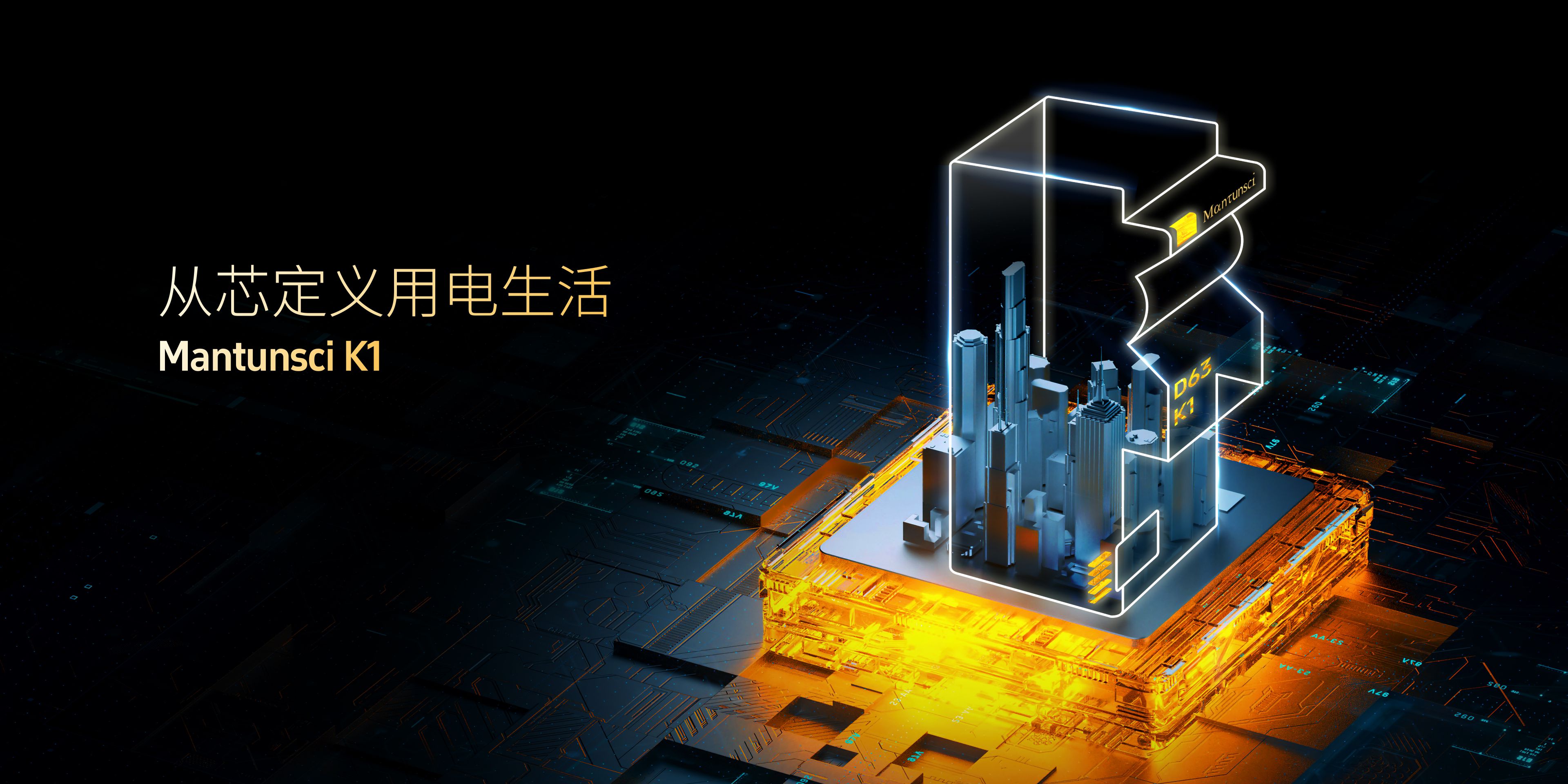




Shenzhen Mantunsci established in 2013 and stands as a pioneering and leading enterprise globally in the realm of smart miniature circuit breakers. According to the "China Low-Voltage Electrical Appliance Market White Paper 2023" Mantunsci holds the industry's top position with a market share exceeding 40%. Leveraging digital sensing technology, artificial intelligence, Internet of Things (IoT), Mantunsci innovatively integrates these into intelligent circuit breakers, significantly enhancing user-side electrical safety, energy efficiency, and remote control capabilities through cloud computing and cloud services.
Shenzhen Mantunsci is recognized as a National High-Tech Enterprise, a "Little Giant" Enterprise at the national level by the Ministry of Industry and Information Technology (MIIT), one of the Top 100 Innovative Enterprises in Shenzhen, and is also a member of the MIIT's Key Laboratory, the Guangdong Provincial Research and Development Center for IoT Digital Electrical Engineering Technologies, a key participant in drafting national standards for digital miniature circuit breakers within the energy industry, and is involved in formulating technical specifications for low-voltage electrical safety monitoring systems.
Mantunsci has achieved complete domestication in its industrial chain, raw materials, and professional chip sectors, with core technologies that are independently researched and developed. Over the past three years, the company has registered a compound annual growth rate exceeding 60%, securing the first rank among both domestic and foreign brands in the global low-voltage intelligent power distribution industry.
Since its inception, Mantunsci has completed multiple rounds of financing, with investors including former Huawei-affiliated funds, Schneider Electric, SenseTime, and government-backed industrial funds.
As of now, Mantunsci's Smart Miniature Circuit Breaker and Dunsys have been successfully applied in over 3,000 projects across various sectors such as banks, schools, factories, hospitals, exhibition centers, historical architectures, urban renovations, public facilities, telecommunications towers, communication networks, street lighting, and lighting management systems. These applications have notably elevated the levels of electrical fire monitoring, electrical safety, energy conservation management, and remote supervision.










